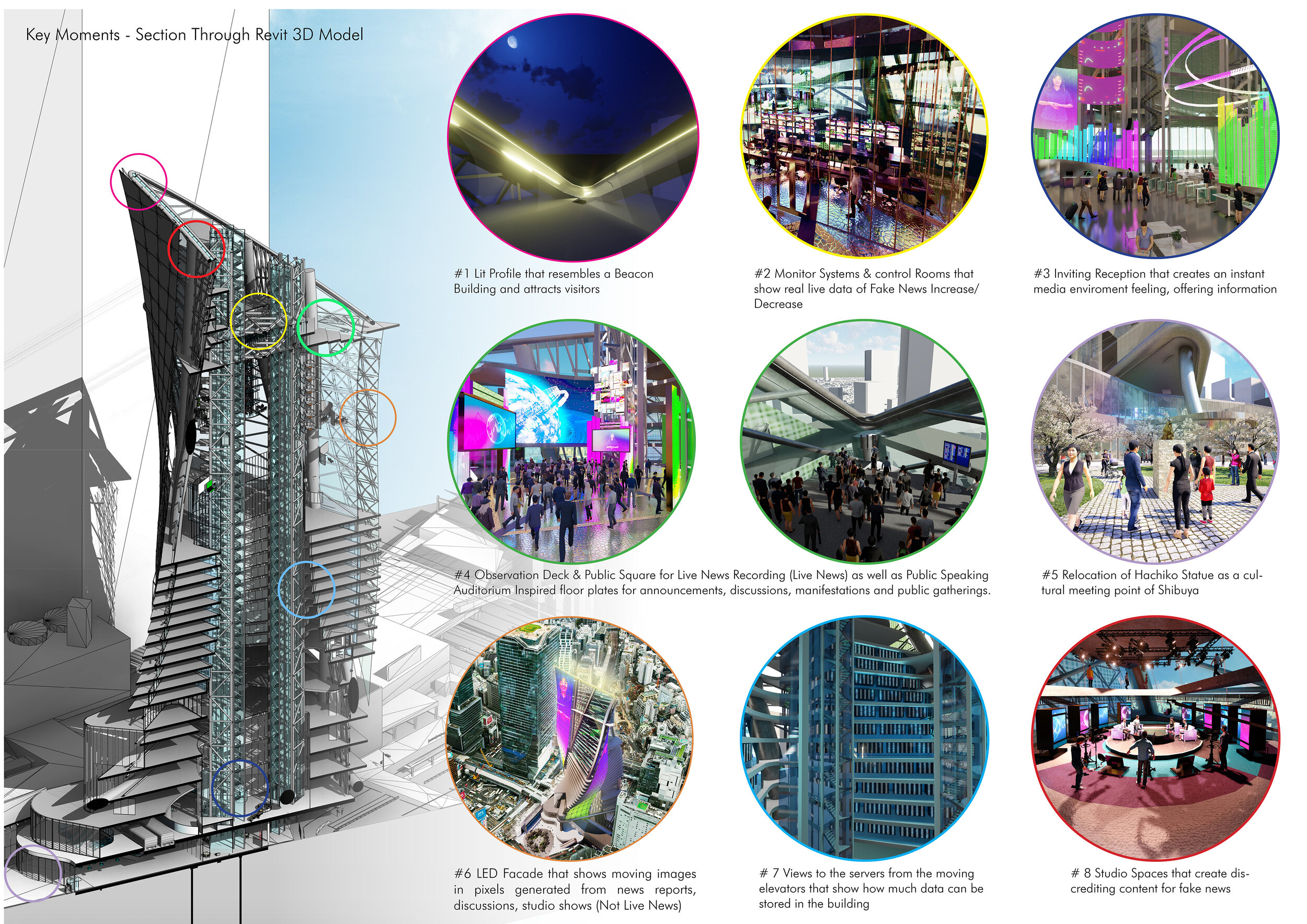
Design Studio 06
OxfordDS6 explores speculative futures of urban networks whether for people, information or matter; creating projects that augment, mutate or rethink existing urban conditions. The studio employs the use of novel technologies and innovative framework of operative and design strategies described as: Sense-Map-Analyse-Formulate. With the core philosophy of starting from the understanding of the individual as a way to analyse and respond to context and scenarios. “Who looks outside, dreams; who looks inside, awakes.” – Carl Jung. Provides basis of archetypes outlining neurodiverse society
Staff:
Karl Kjelstrup-Johnson (Design), Nick McGough (Design), Denis Vlieghe ( Tech), Pete Winslow (Structures), Dagmar Binsted (MPL)
Students:
Adam Richard, Ackroyd Stefan, Alistair James, Haest Ana Maria Diaconu, Fareed Faisal Fareed, Louis Dominic Hardy, Aniket Padwal, Richard James Frank, Srividya Muralidhar, Deepthibye Balloo, Jihane Ryadi, Marie-Christine Dupuis, Luisa Pereira Pires, Hilary Uagbale Ehimuan, Makarand Shrirang Sathaye, Anu Fagbemi
The Source
Ana Maria Diaconu
In a not too distant future, Tokyo's media integrity is being compromised by a fake news environment. Now, in 2050, all news manipulate and create political propaganda. Tokyo is an illusion.
The Source, an NGO headquarters for restoring the press credibility in Japan, becomes a beacon building in the middle of popular Shibuya Ward, creating a safe environment of research and news for the visitors and participants of the building.
It is now Toyko 2060. The fake news index has decreased significantly. Congratulations.
Final View In Context - The Source - Ana Diaconu
Structural Details - The Source - Ana Diaconu
Key Moments Through Revit Model - The Source - Ana Diaconu
Shinjuku Transit Hub: Weaved by People, Infused in Nature
Aniket Padwal
This Project is to visualise and integrate future mobility solutions in a transit place, were people inherit natural bliss in their daily commute. This project is driven by data, simulations, and speculations to deliver a people-centric design which also has the potential to shape an urban fabric of Tokyo until 2050.
Aerial View - Shinjuku Transit Hub - Aniket Padwal
Aerial View - Shinjuku Transit Hub - Aniket Padwal
Functions - Shinjuku Transit Hub - Aniket Padwal
Tokyo Aquatic Urbanism
Fareed Fareed
By 2050, 90% of the world’s largest cities will be exposed to rising seas. The project addresses this issue by reviving Tokyo’s historical relationship with water. Following a theoretical approach, the proposal presents a floating network of mixed-use nodes by implementing Hall’s theory of Proxemics to mimic the Japanese use of space.
The Ghibli Experience
Louis Hardy
Project Description: This MArchD project speculates on the hypothetical birth of a new type of immersive cinema experience that can be packaged and deployed to aid in the fight against urban decay and contribute the successful ageing of the Japanese society.
Sectional perspective - The Ghibli Experience - Louis Hardy
Sea shot - The Ghibli Experience - Louis Hardy
Ma
Marie-Christine Dupuis
The project explores the importance of Ma, or in-between space, and giving opportunities for light, community cohesion and space ownership. It aims to recreate the spatial qualities of shitamachis, the traditional neighbourhoods of Tokyo that are likely to be replaced by 2050 in order to create a greener and safer city.
Residential spaces - Ma - Marie-Christine Dupuis
Views - Ma - Marie-Christine Dupuis
Neurodivergent Narratives
Luisa Pereira Pires
The project concerns Neurodiversity: Environments are looked at from the point of triggering and soothing, individual and collective, inputs and outputs. Through this dictomnomy we aim to create a smooth transition from human to spatial interaction and spatial control.
Transportation Pods - Neurodivergent Narratives - Luisa Pereira Pires
Controlled Enviroment Working Pod - Neurodivergent Narratives - Luisa Pereira Pires
Aquaponics Spa - Neurodivergent Narratives - Luisa Pereira Pires
Theatre of Love
Rich Frank
Composed as a set of engineered experiences, the Theatre of Love aims at providing users with a sequential exposure to the emotional states in which they have ‘disconnected’ with. The aim is to bring people closer together and form stimulating and ‘genuine’ human connections.
Rendered View - Theatre of Love - Rich Frank
Sections - Theatre of Love - Rich Frank
Details - Theatre of Love - Rich Frank
Tower of Solitude
Srividya Muralidhar
With ‘Hikikomori’ being the favoured lifestyle of the Japanese in 2050, this proposal addresses the evolution of housing in Tokyo into self-sustained nests for long-term living.
Perspective view - Tower of Solitude - Srividya Muralidhar
Detail views - Tower of Solitude - Srividya Muralidhar
Detail views - Tower of Solitude - Srividya Muralidhar
Section views - Tower of Solitude - Srividya Muralidhar
Life on Track Project
Stefan Haest
The proposal addresses the future of land ownership uncertainty by using rail infrastructure to unlock property value. Using a system of modular pods, this proposal presents an alternative way of living utilising rail networks as a means of improving people’s experience of owning property in Tokyo 2050.
Perspective view - Life on Track Project - Stefan Haest
Exploded pod axo - Life on Track Project - Stefan Haest
Exploded axo - Life on Track Project - Stefan Haest
